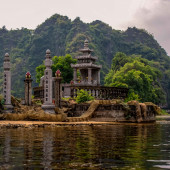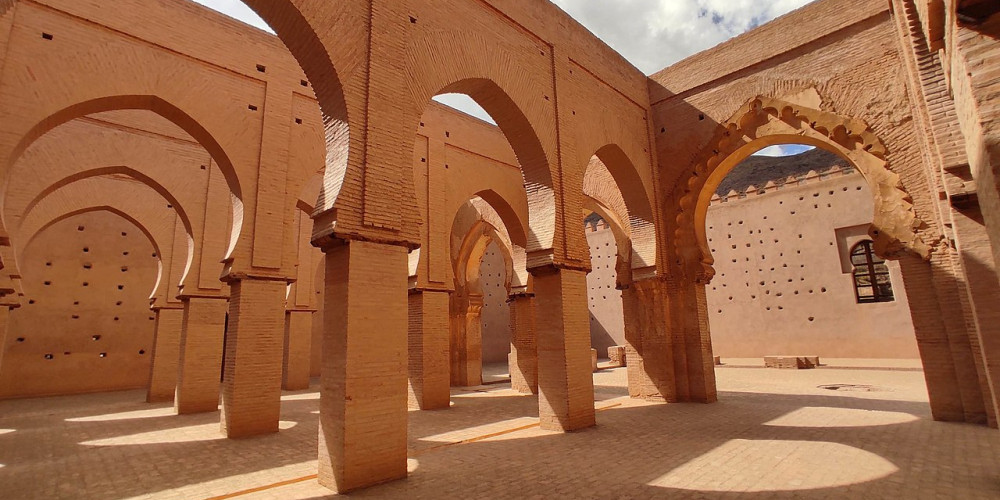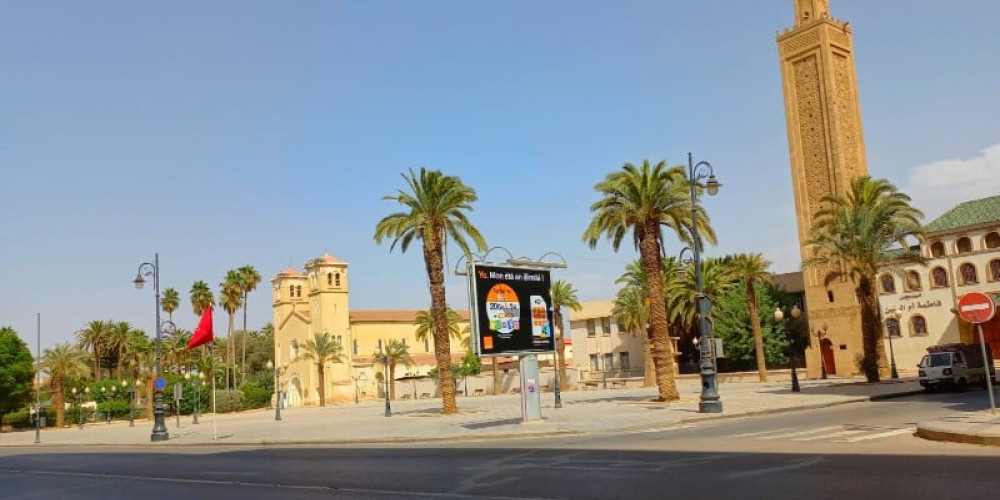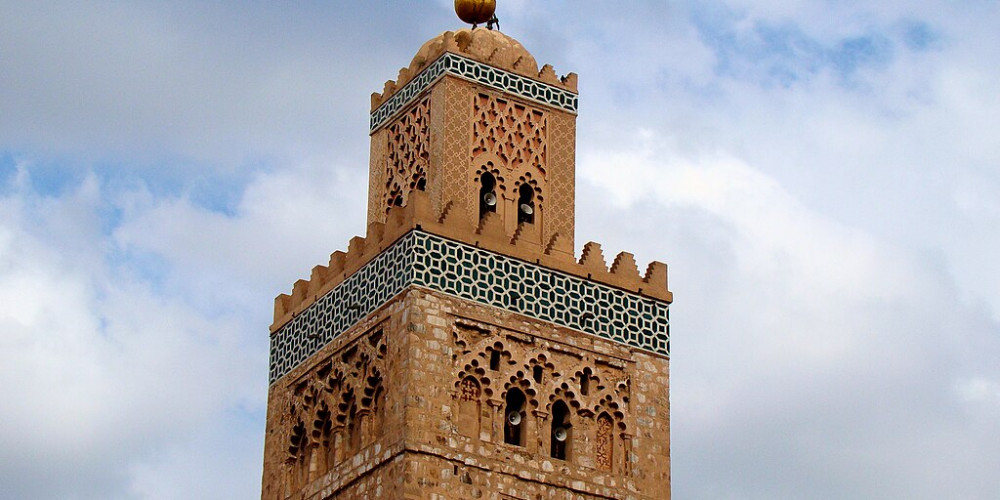Caves in the district of Maros, located in Sulawesi, Indonesia, are a fascinating natural wonder that attracts tourists from all over the world. The caves are known for their unique limestone formations, which have been shaped over millions of years by the flow of water.
The caves were first discovered by Dutch explorers in the 19th century, but it wasn't until the 1950s that they were fully explored and mapped. Today, there are over 300 caves in the Maros district, with some of the most popular ones being the Goa Batu Cermin, Goa Pattunuang, and Goa Bira.
One of the most interesting things about the caves is the fact that they were once used as a hiding place by the local people during World War II. The Japanese army occupied Sulawesi during the war, and the caves provided a safe haven for those who were trying to escape.
In addition to their historical significance, the caves are also home to a variety of unique flora and fauna. The limestone formations provide a habitat for a number of rare species, including bats, swiftlets, and insects.
Visitors to the caves can explore the various chambers and tunnels, marveling at the intricate formations and learning about the history and ecology of the area. Whether you're a nature lover, history buff, or simply looking for an adventure, the Caves in the district of Maros are a must-see destination in Indonesia.










